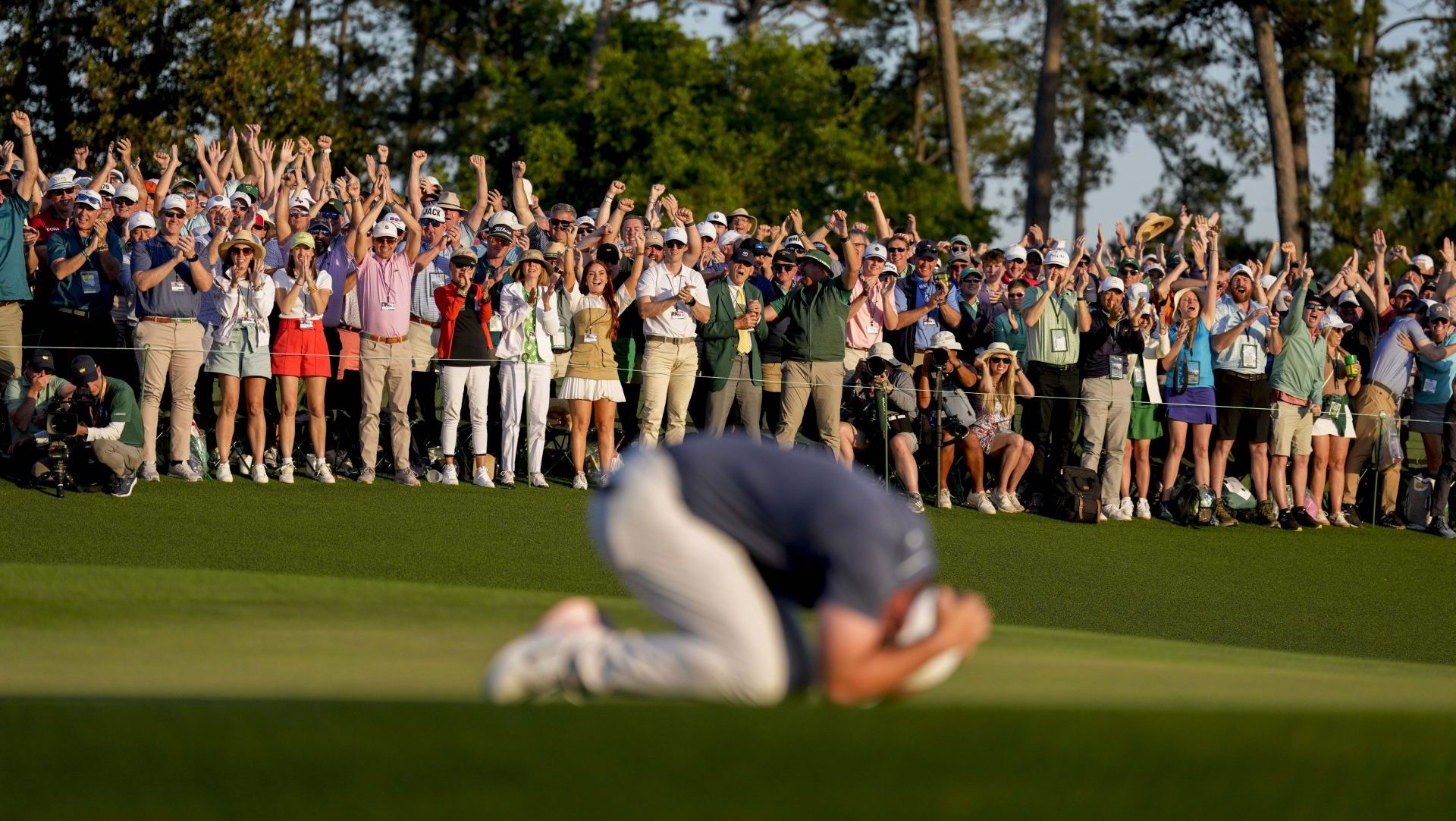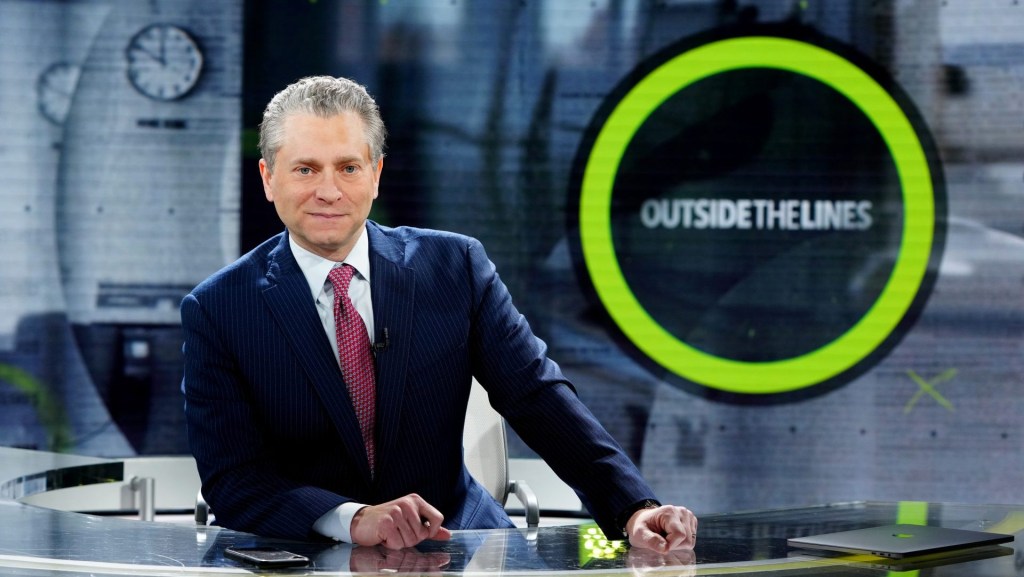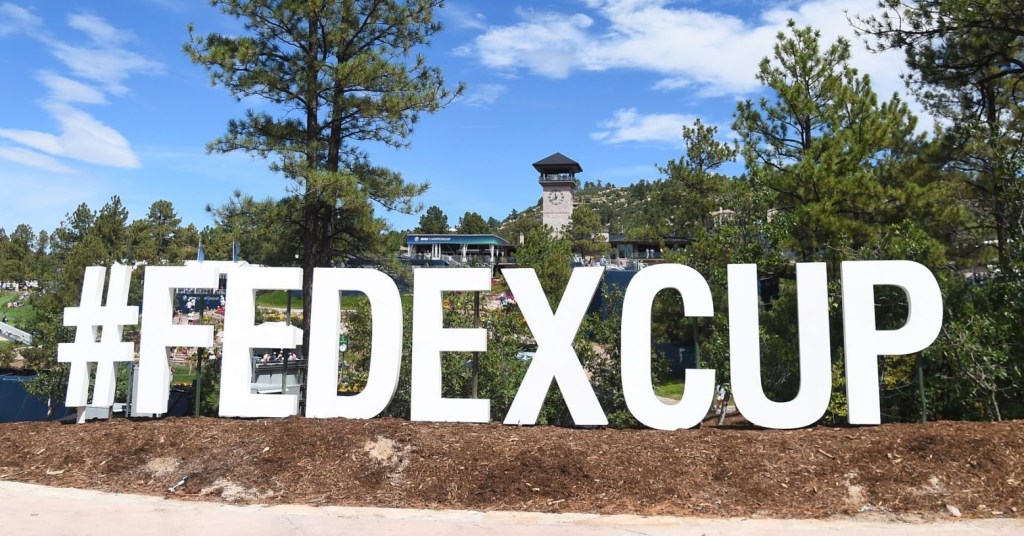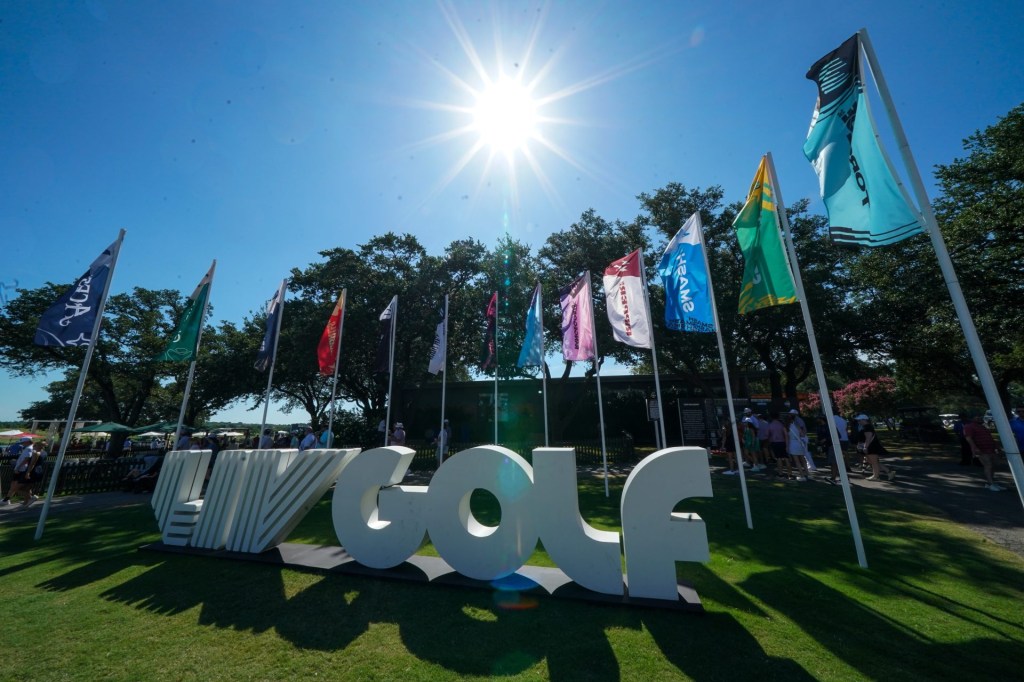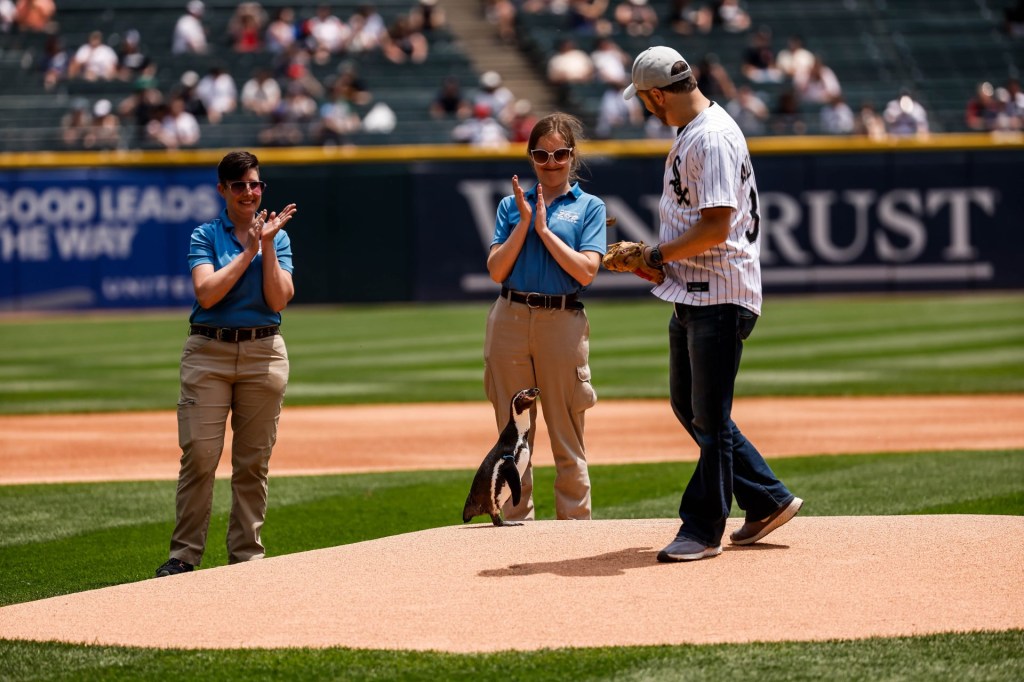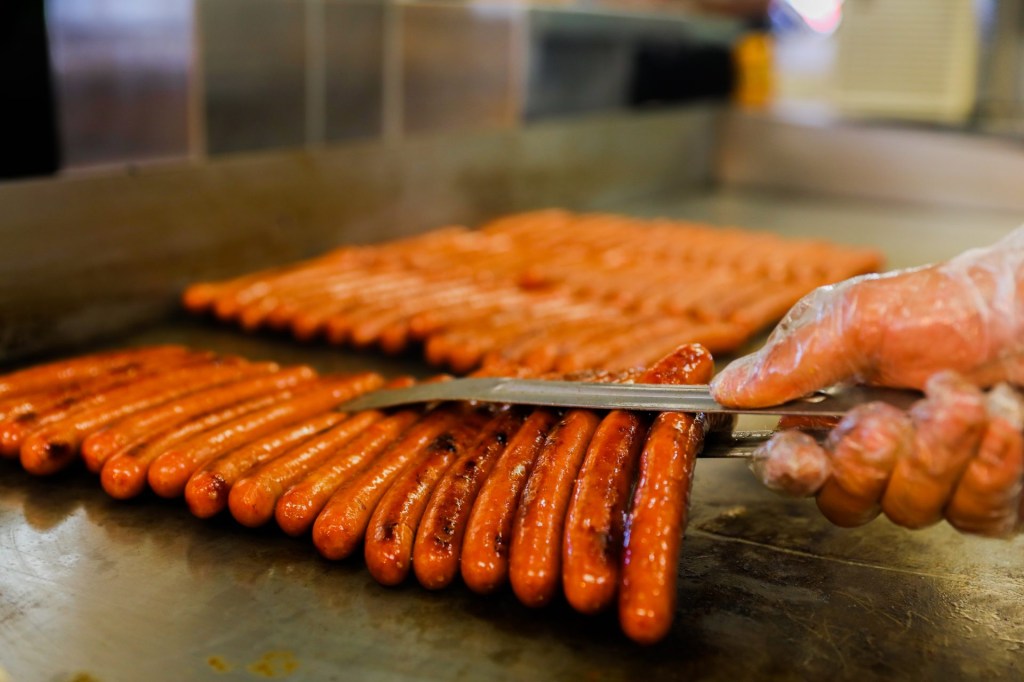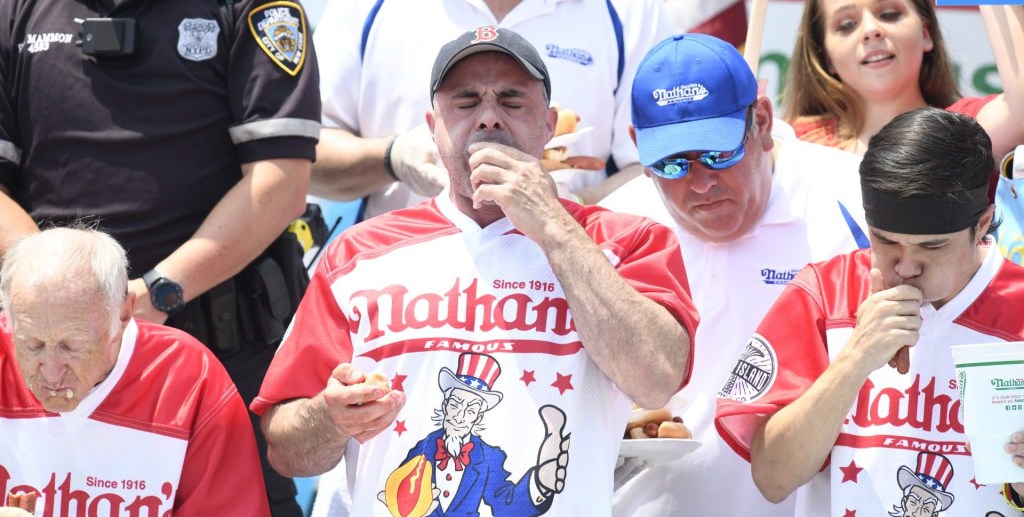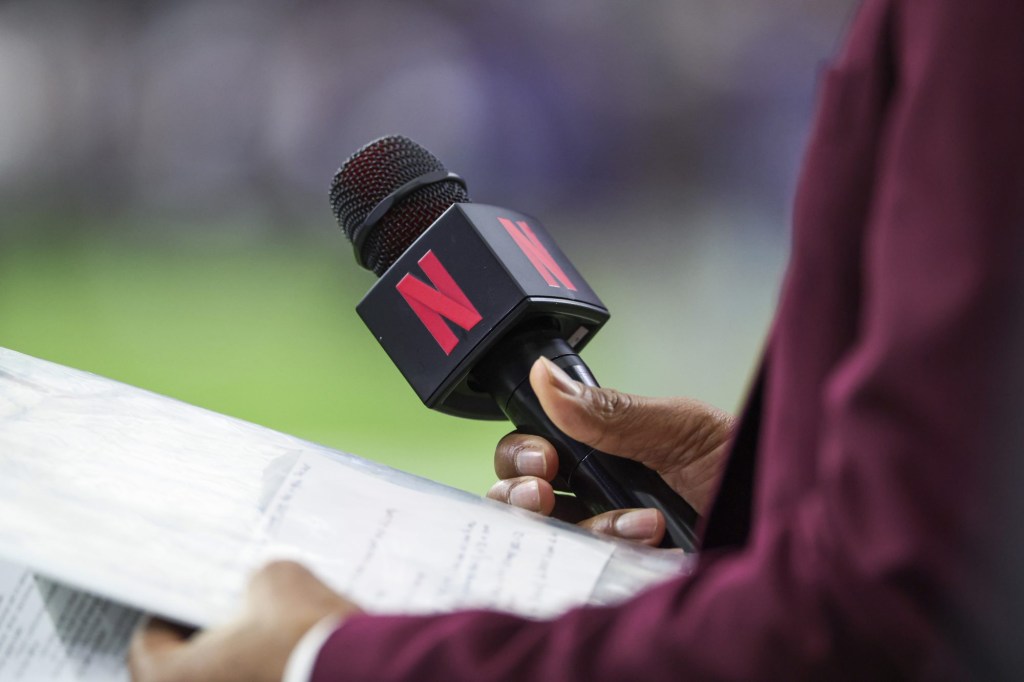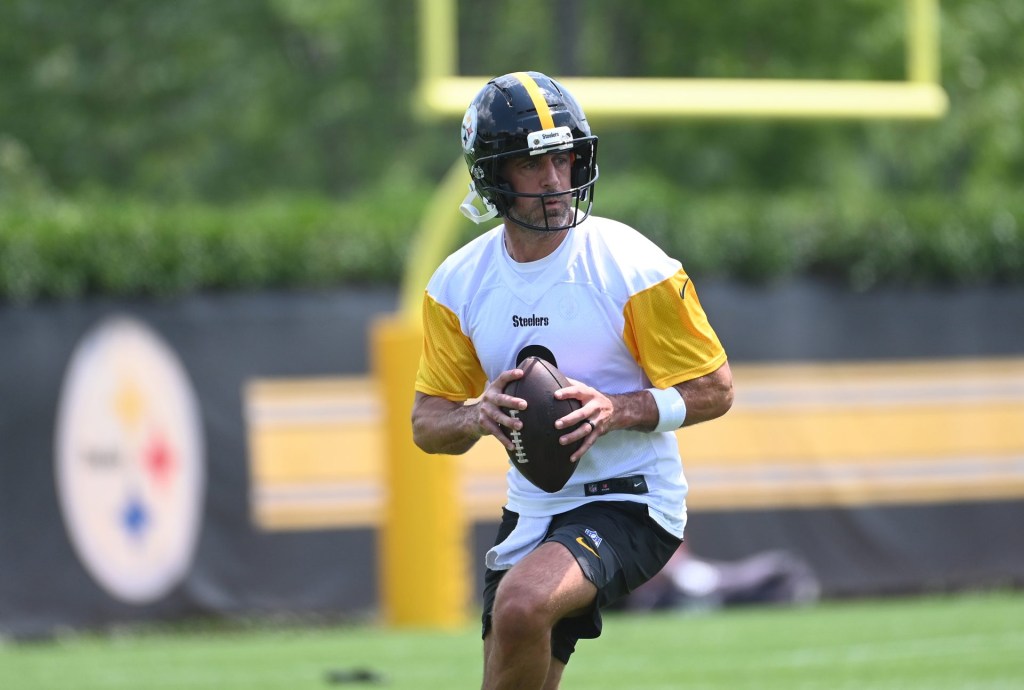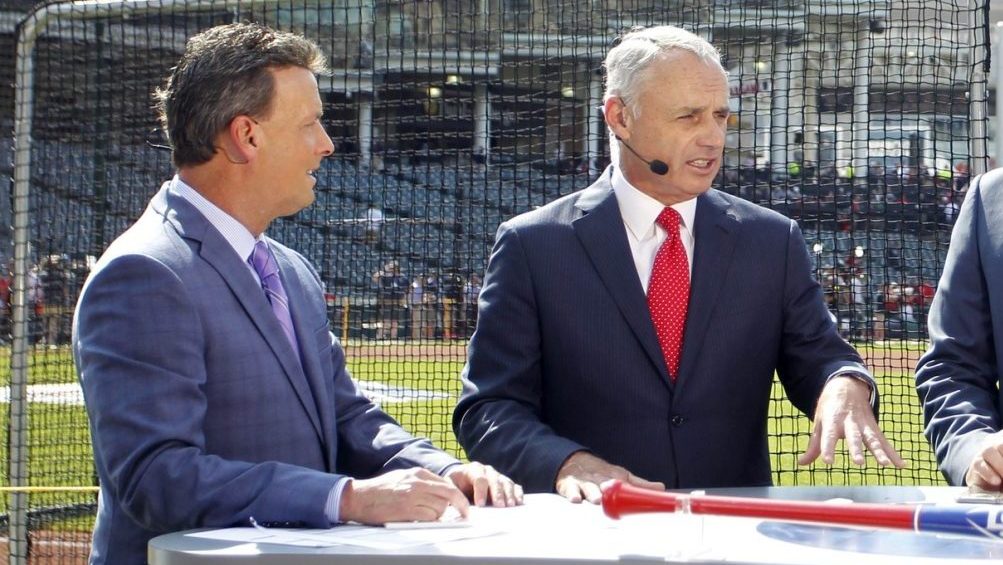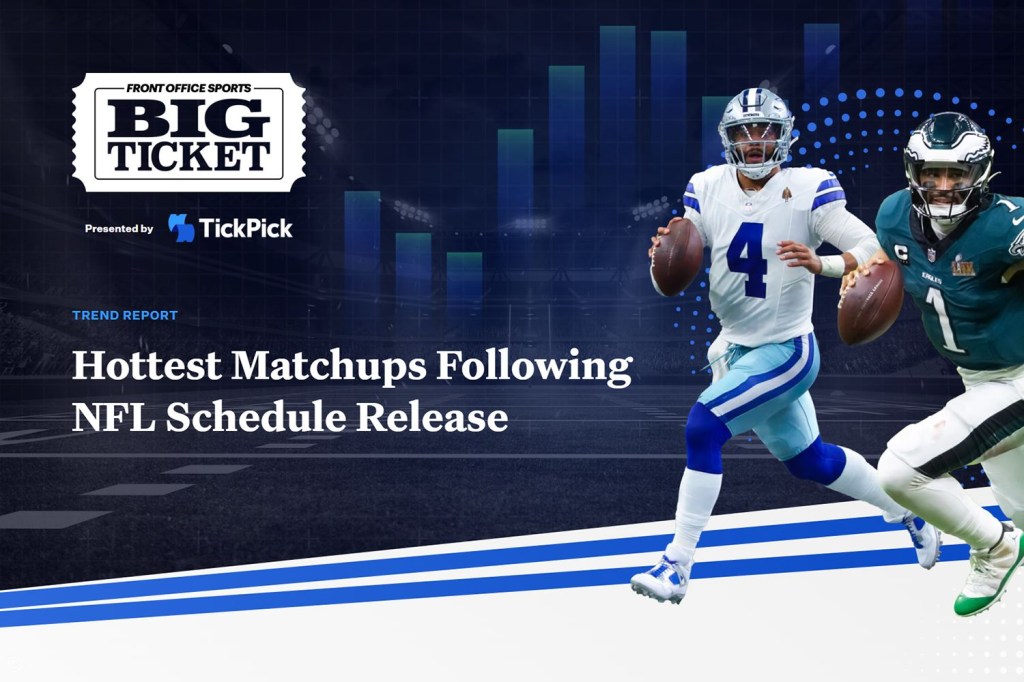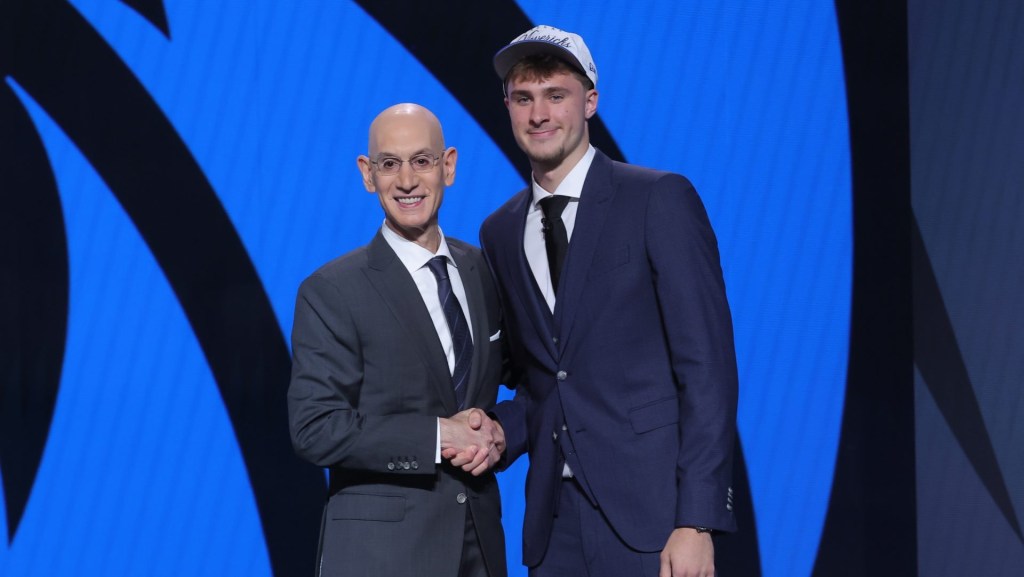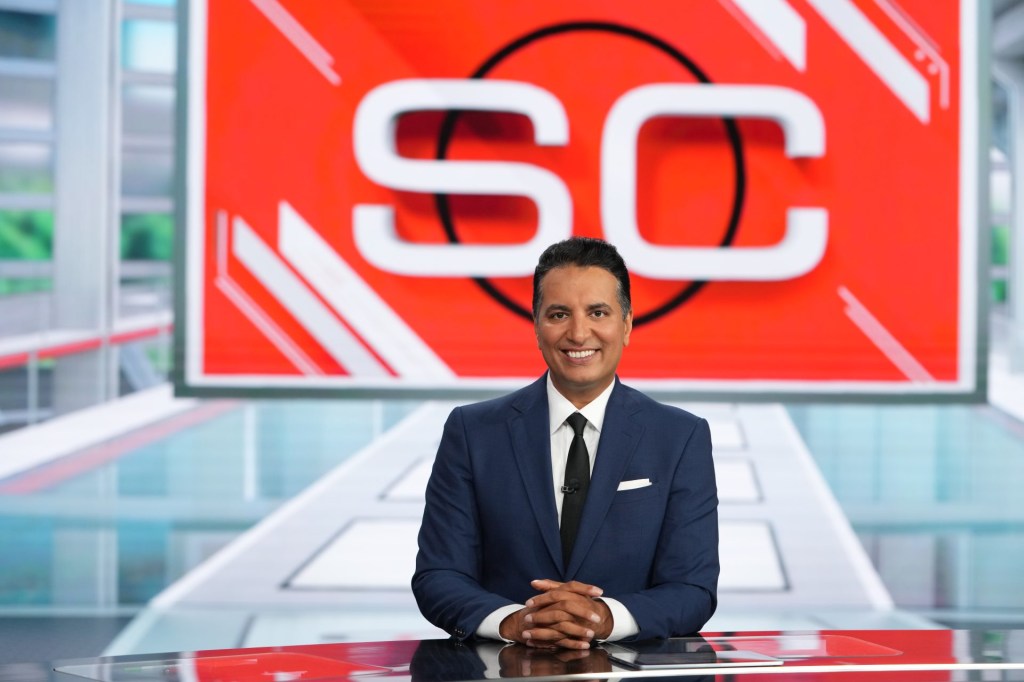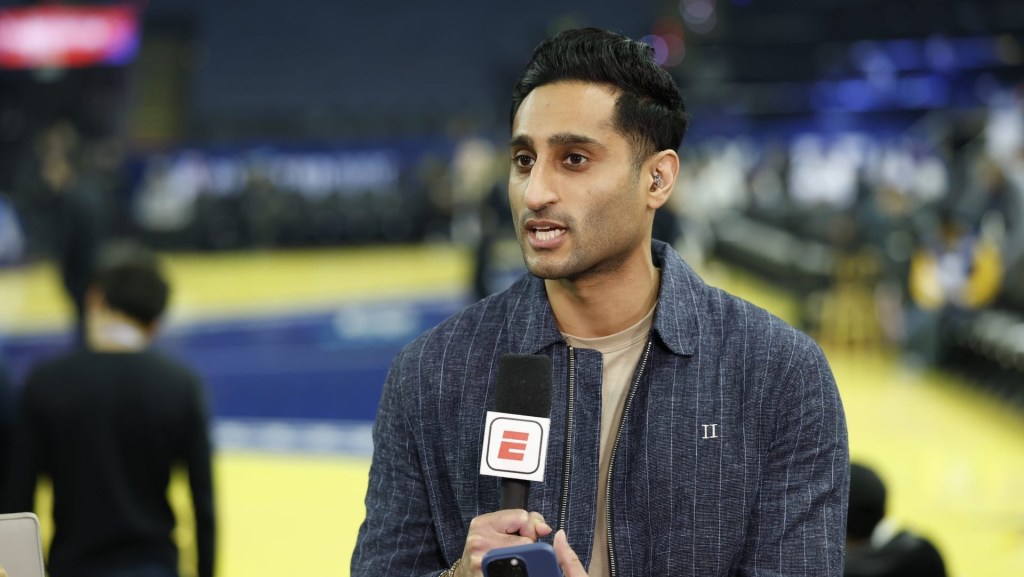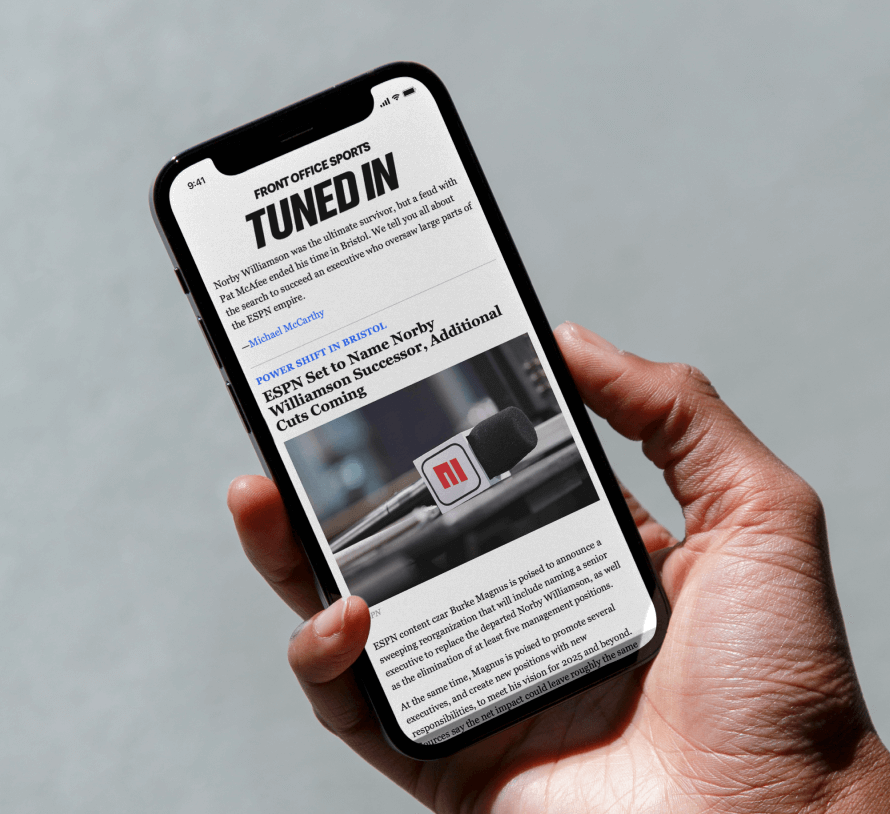Golf’s three other major championships can’t equal the beauty of Augusta National Golf Club or the mystique of the Green Jacket. But they can borrow something from The Masters that might improve their television coverage: Augusta’s strict ban on cellphones.
Watching CBS Sports and ESPN’s tournament coverage for four straight days, I was struck by the impact of the club’s no-phone policy on spectators (oops, “patrons,” in the club’s arcane jargon). They were living in the moment, soaking up the atmosphere, enthusiastically relating to players and each other. They were fully engaged with the golf, rather than answering texts or emails. It created an electric atmosphere. That translated like a current through the TV screen.
The story of Masters Sunday was Rory McIlroy’s quest to capture his first Green Jacket and complete the final leg of a career Grand Slam. As I watched the CBS coverage, there were no background shots of distracted fans checking notifications or posing for silly selfies. When the Northern Irishman dropped to his knees after sinking the winning putt, the crowd surged skyward—and roared as one.
As Yahoo Sports NFL writer Charles Robinson noted on X/Twitter: “One of the coolest parts of this moment is seeing a crowd that watched it completely through their eyeballs rather than through their phone camera.”
After calling the winning putt, Jim Nantz and Trevor Immelman went silent for four minutes. They let the pictures of an emotionally exhausted McIlroy—and the crowd basking in his victory—tell the story for viewers back home.
Another small, but telling, TV moment came when Nantz alerted on-air partner Immelman to watch the reaction of fans to McIlroy’s score being updated, by hand, on a wooden scoreboard. “Watch this, Trev. Watch this reaction,” said an excited Nantz.
As the crowd went bananas around the old-fashioned scoreboard, I felt like I was stepping back into the 1960s, when “Arnie’s Army” cheered Arnold Palmer. Or the roars as Jack Nicklaus defeated Johnny Miller and Tom Weiskopf in 1975.
Some players loved the phone restrictions. Former Master champ Jordan Spieth noted it creates an “amazing” atmosphere for players and fans: “You feel like everyone is very, very present.”
Swedish golfer Ludvig Aberg said it created a more “engaged” audience. “It’s a lot more eye contact with the fans. You can really tell that they watch and appreciate good golf,” he said.
WNBA superstar Caitlin Clark attended the Masters for the first time with her family and said the absence of cell phones helped make the Masters her No. 1 sporting event.
“It’s just so different from everything else. There’s really nothing like this. The aspect of not having your phone is so unique,” said Clark. “You can tell everybody is so invested. They’re really just there to watch the greatness of the athletes. Even the golfers [are] talking about it after their rounds. They feel a different level of engagement from the fans too, from how invested they are.”
Golf’s three other major tournaments—the U.S. Open, PGA Championship, and British Open—all allow cell phones on the course, but with restrictions. They generally require phones to be put on silent or vibrate with no flash photography allowed. Phone calls are also limited to specific areas that won’t disrupt play.
But let’s face it: Those rules are abused to the enormous frustration of players. During the 2021 U.S. Open, Phil Mickelson was interrupted not once, not twice, but three times by a pinging cell phone as he addressed a difficult bunker shot. Even the fan-friendly Mickelson finally had enough. “Seriously?” asked Lefty.
It’s impossible to say if Augusta’s phone policy impacts TV ratings. But viewers, fans, and players noticed the difference. This year’s Masters final round was the most-watched since 2018, averaging 12.990 million viewers, up 35% from Scottie Scheffler’s drama-free win last year. CBS coverage peaked at 19.904 million, a figure higher than the NFL’s regular season game average last season.
